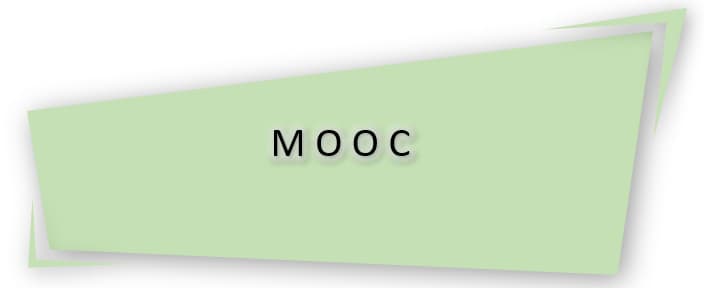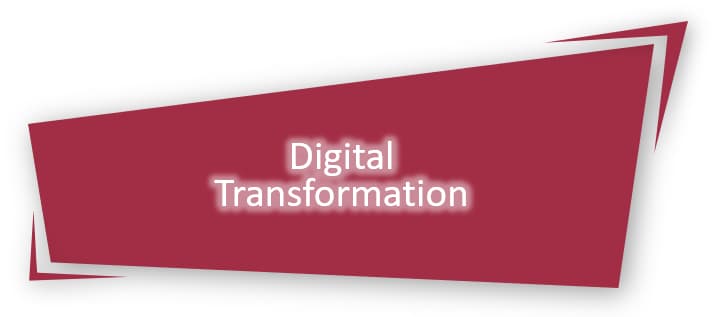MOOC - Massive Open Online Courses
The massive growth of online learning has been making MOOC become more popular. It has been widely used not only by students, but also by company to support their employee's learning experience.
The term MOOC was introduced for the first time in 2008 by Dave Cormier and Bryan Alexander. It was in response to an open online course designed and led by George Siemens at Athabasca University and Stephen Downes at The National Research Council.
The course was called Connectivism and Connective Knowledge CCK08. George Siemens and Stephen Downes presented the course to 25 tuition fee-paying students in Extended Education at the University of Manitoba in addition to 2,300 other students from the general public who took the online class free of charge.
and after that, MOOC model has been replicated and become well-established and well-understood and being used globally.
MOOC have four characteristics:
Massive:
MOOC can reach huge number of audience without any limit to number of students.
Open:
The access to MOOC is free of charge, open to participants from any background without entry requirements. Later on, MOOC platforms introduced several type of cost schema i.e. Completely free, Freemium, Subscription, Paid certification.
Online:
MOOC are delivered online through Internet technologies. It allows the student easily access the learning resources and able to communicate each other, and even with the instructor. This makes MOOC able to provides the opportunity for the students to learn anytime and anywhere.
Course:
MOOC delivered specific course on specific topic. The course run for a specific period of time to provide deadline for the students to access the learning material and complete the course. Most courses include quiz and exam as part of requirement of course completion.
Next : MOOC Providers


